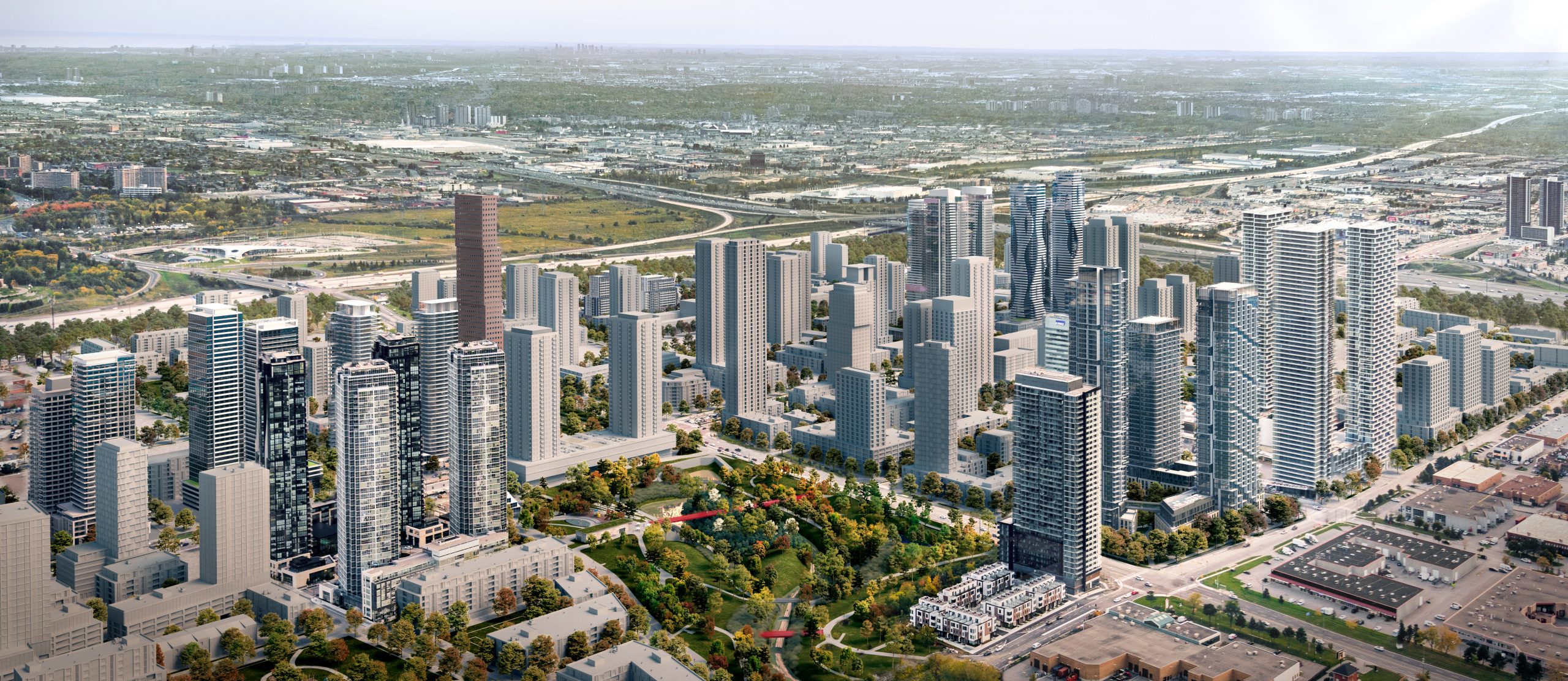The Of Vaughan Ontario Map
What Does Vaughan Ontario Zip Code Do?
Table of ContentsHow Vaughan Ontario Apartments can Save You Time, Stress, and Money.The Main Principles Of Vaughan Ontario Hotels Our Vaughan Ontario Time IdeasIndicators on Vaughan Ontario Apartments You Need To KnowThe 30-Second Trick For Vaughan Ontario TimeOur Vaughan Ontario To Toronto Diaries
In the very early 1700s, the Haudenosaunee left the Humber landmark for their region in upper New York state. The Anishinaabe made alliances with the French traders and, later on, with the British.
Americans who had actually supported the British during the battle left their homes in search of a new location to live and work.
More About Vaughan On
The first inhabitants to arrive in Vaughan in the very early 1800s were mostly Pennsylvania-Germans, followed quickly after by immigrants of British and French descent from the United States. vaughan ontario to toronto. These early American settlers were farmers, but after 1840, many of the cultivatable land in the location had been taken, and later on immigrants mainly from Britain were millers, merchants, woodworkers and so on
Agriculture and milling were specifically important to the advancement and very early economic climate of Vaughan. Typical Vaughan plants included potatoes, wheat, peas and oats. Barley and rye growers marketed their items to regional distilleries to make beer. Animals farmers usually maintained ducks, hens, geese, cows, sheep and pigs. However, it wasn't till the 1840s, with the introduction of horse-drawn farm devices that animals farmers enhanced their performance and had the ability to offer their products on the British market.
Indicators on Vaughan Ontario Map You Should Know
It enabled the grinding of wheat to make bread, the cutting of lumber to make houses and the weaving of woollen to make fabrics. Little areas expanded around river sites, namely the Humber and Don Rivers, which were utilized to power the mills on the western and eastern boundaries of Vaughan, respectively.

Woodbridge Agricultural Equipment Works used over 200 men by 1873 and Patterson & Brothers Manufacturers effectively accommodated a global market. Woodbridge's Abell Agricultural Works, founded in 1862, sustained much of the regional economy until it relocated to Woodstock in click resources the late 1880s. From the mid-1800s to 1935, Vaughan stagnated in terms of advancement and the economic situation.
Some Known Factual Statements About Vaughan Ontario Hotels
In addition, the Great Anxiety slowed Vaughan's development, despite the fact that its farming character rather reduced the financial downturn. It was only after the 2nd World Battle that Vaughan's economic climate began to boost as more business and commercial developments were established and migration boosted. It was likewise during this time around that water and sewer services broadened partly of Vaughan.
The Doctor's House in Kleinburg, which was home to Dr. Thomas Henry Robinson between 1877 and 1929, is currently used as a reception hall. In Maple, the Vellore institution and territory hall, developed in 1837 and 1845, specifically, were as soon as main town organizations; today, they are heritage buildings that function as community meeting place, simply footprints away from modern industrial facilities.
By 1960, the population of Vaughan was 15,957. Between 1981 and 1991, Vaughan's population expanded from 29,674 to 111,359 an increase of 275 per cent.
8 Easy Facts About Vaughan Ontario Hotels Shown
In 1799, the Kendrick Brothers established the initial potashery in Vaughan. Wheat and animals farming, as well as milling, site here were also successful.
After the world wars, rising cost of living triggered people in country Ontario to flock to city locations, such as Toronto. Vaughan's close distance to Toronto meant that individuals were inclined to begin a life there and to commute to the larger city for work. This was the beginning of Vaughan's country neighborhoods, made up of various types of employees who either stayed in Vaughan to earn a living or operated in Toronto.
The creation of Yonge Road by John Graves Simcoe in 1793 was probably the following most considerable traveling and transportation path going through Vaughan. Yonge Road is still a widely passed through roadway in Vaughan, specifically for those living in and around Thornhill, linked here west of Yonge. There are a number of various other important highways that provide accessibility across Vaughan and to other cities, consisting of Bathurst, Dufferin, Keele and Jane roads, in addition to Freeways 400, 407, 27 and 50.
Excitement About Vaughan Ontario Zip Code
Opened in 2017, a TTC metro expansion on Line 1 into Vaughan better attached the city to Toronto. Vaughan exists within York Area, the greater degree of government, which additionally includes 8 other communities (Aurora, East Gwillimbury, Georgina, King, Markham, Newmarket, Richmond Hillside and Whitchurch-Stouffville).
At the metropolitan degree, Vaughan is regulated by a mayor, 3 regional councillors and five local councillors. The council is elected every four years. Throughout the very early 19th century, Vaughan was regulated by the colony of Upper Canada. The municipality had both chose authorities and government-appointed magistrates. The magistrates presided over the neighborhood leaders, and were commonly implicated of running out touch with the populace.